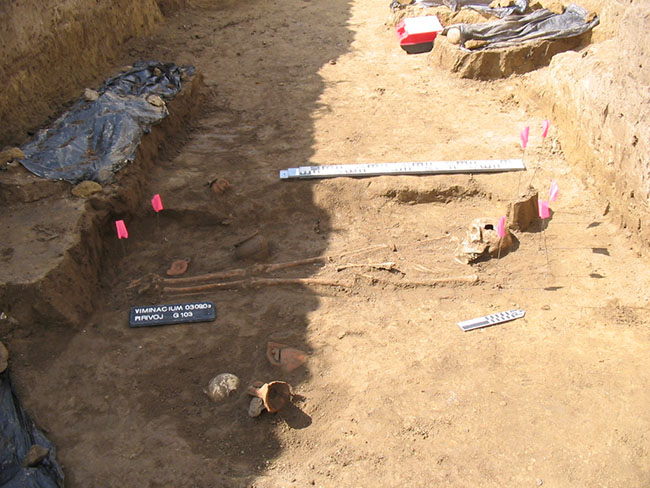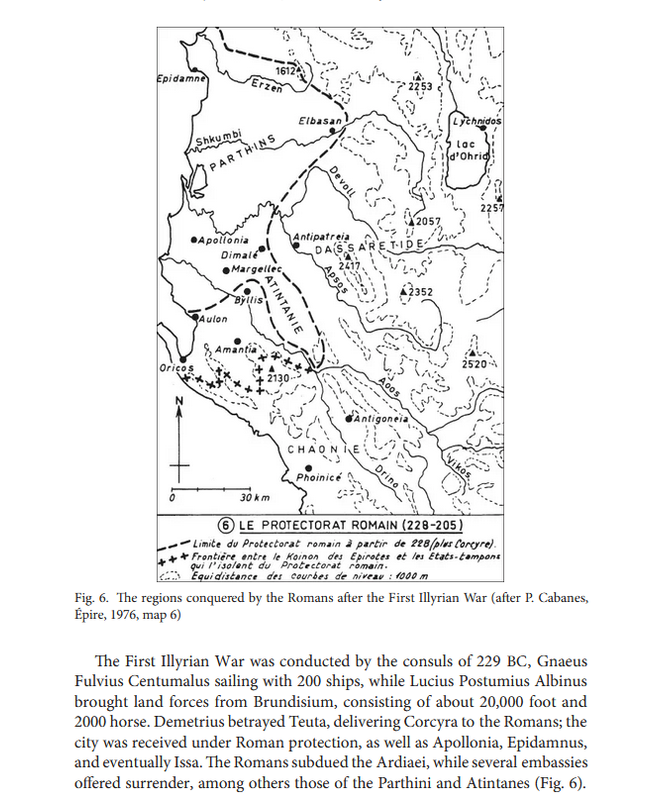
Lecture on Slavic Migrations and the Origin of People in the Balkans
‘Slavic Migrations and Genomic Origin of the Balkan People’ is the title of the lecture to be delivered by Professor Carles Lalueza-Fox at the SASA Grand Hall, on Tuesday, 28 June, at noon.
A several-year-long study on the origin of the Balkan people has revealed that about a half of today’s Serbian population’s genomes is indigenous, at least up to the Bronze age, whereas the remaining half is of Slavic origin, descendant from the Slavic migrants in the 7th century. Therefore, Slavic migration to the Balkans did not bring about population replacement, but an admixture of indigenous Balkan genome and the genome of Slavic migrants. Molecular markers have suggested that the Slavic migrations to the Balkans could have originated from present-day Poland and Ukraine. This study analyses the genetic structure of the local people in the region of Serbia in the Bronze, Iron, Roman and post-Roman period, and the present-day population. This continuity in the analysis has paved the way for identifying the constancy of population in our region and the DNA proportion in today’s modern population with lineage traced back to ancient history. The sites for the research of population’s genetic changes include Viminuacium, Mediana, Timacum Minus and several other sites in the Balkans, which provides a basis for the analysis of later Slavic migrations and facilitates modelling of the genetic structure of the modern Serbian population in the wider context of other Balkan people.
The above-mentioned study is the result of the cooperation of the Faculty of Biology of the University of Belgrade (Professor Midrag Grbić, a visiting professor, Professor Željko Tomanović, SASA corresponding member, Professor Dušan Keckarević), Institute of Archaeology (Dr Ilija Mikić, research associate, Dr Miomir Korać, principal research fellows and associates), University Pompeu Fabra, Barcelona (Professor Carles Lalueza-Fox and associates), Harvard University, Harvard Medical School (Professor David Reich and associates).
from the actual lecture :



This is just some biased Serbian study. They basically think that modern Serbs have been living in Serbia since 600 AD when in fact they didn't. They seem to of expanded into the area relatively late from an area of todays Montenegro/Northern Albania.
Even if there was mixing, there was obviously also a population replacement and this can especially be seen from Y-DNA there was an entire replacement. Not to mention many of the native Balkan populations never entirely disappeared such as Albanian, Aromanian, Romanian, Greek. There was also Istro-Romanian, Megleno-Romanian etc and some other Vlachs. There was also Dalmatian Latin. And some of these people also fused into each other. Not all the native Balkan people fused into Serbs, many fused also into Bulgarian/Macedonian since Bulgarians ruled those lands for hundreds of years before Serbs.
Also some population assimilations into Slavs were pretty late and did not happen until the Ottoman period, such as there were recorded Vlachs in Montenegro, Herzegovina etc until the 15th-14th century, right before Ottoman occupation. Then during the Ottoman period Vlachs in these areas disappear out of the records.
Another thing that is interesting to note is that under Dusan and the Serbian Empire there was a law that forbid Serbs to marry Vlachs.



